|
Using Log Visualization to Interpret Online Interactions During Self-Quizzing Practice for Taxonomic Identification by Chelsea Cui, Jordan Hill, Marti Louw, Jessica Roberts. We were excited to present CMU alumna, and former REU student Chelsea Cui’s study at the 2021 annual meeting of the American Educational Researchers Association (AERA). Chelsea analyzed log data from participants in a 10-day study in which they used our quiz feature to practice aquatic macroinvertebrate ID. We analyzed interactions with the quiz tool along with accuracy in pre- and post-tests to determine how the quizzing platform was being utilized by learners at different experience levels. Through the custom visualization platform we were able to glean insights on how to improve our quizzing platform for future use. See the poster here: https://aera21-aera.ipostersessions.com/Default.aspx?s=D0-9D-A0-1B-C0-49-87-5B-8A-3F-56-A7-02-C5-ED-66# By Lauren Allen, LMDC
A few months ago, I posted an update outlining the data that have been collected for our cognitive task analysis study: http://seetolearn.weebly.com/blog/data-collection-update-taxonomic-experts-cognitive-task-analyses Today, I wanted to briefly share some themes from that work that will be talked about by the full team at future meetings and workshops. These themes are emergent, meaning that they surfaced from the massive qualitative dataset that we created by asking eight entomologists, taxonomists, and volunteer trainers to identify up to four unknown preserved specimens and two simulated specimens for our study. By Lauren Allen
One of the major research studies laid out by the original grant proposal for our first year on this project is the analysis of expert practices in entomological taxonomy (specifically with taxonomists who are specialized in freshwater benthic macroinvertebrates. The working title for the academic paper to be published on these data and analyses is Entomological Expertise in Taxonomy:Harnessing Expert Practices in Observation and Classification to Inform Digital Identification Tools for Volunteer Biomonitors. In its introduction, I address the notion of the taxonomic impediment, the challenge of teaching volunteers the rigorous methods of entomological taxonomy and identification, and the benefits of studying expert practices in situ for informing the development of teaching and learning technologies.
When I spend time with volunteers and learners, I try to spend the first part of my time with them listening to the things that they talk about and the ideas and questions that they have. This group of young people were very inquisitive about the world around them--something that probably led to their participating in this program. They asked lots of questions about trees, birds, insects, and the ecology of the parks and streams that we visited over the past few weeks.
By Lauren Allen Part of designing a new content management system (CMS) for our online teaching collection is thinking about and understanding how the entomologists who will use the system and who know the insects best already organize their information and online workspaces. In particular, we have looked at two different spreadsheets that our entomology team shared with us to understand how the data are structured, and how they think about the Diagnostic Characters (which are the distinguishing features of the insects being annotated) to identify insects. Another example of how entomologists organize their thinking around these insects comes from the entomology graduate student who will be creating the majority of the diagnostic character annotations for the expanded collection on www.macroinvertebrates.org. She shared with us a spreadsheet she created based on Merritt, R. W., & Cummins, K. W. (1996). An introduction to the aquatic insects of North America, the dichotomous key used to identify stream insects in a step-by-step fashion. Two screen shots of that spreadsheet are featured in the gallery below. Notice the sequenced order of captions for each paired set of diagnostic characters. This organization strategy is influencing how we design the content management system that she will use to upload taxa information and annotations to the expanded teaching collection. The realization that there are many, many repeated diagnostic characters across orders and families was important for how we are designing the content management system. In the past system, for only 12 insects, it wasn't so terrible to have to input each diagnostic character for each individual specimen. But when we are dealing with multiple views of 50+ fully annotated specimens, our entomologists will need to be able to enter the order, family, and genus level diagnostic characters and want to know that they will be automatically updated to all the insects within those orders, families, and genera, while bearing in mind that custom overrides are need for special cases.
Design Implications We are excited about the the new kinds of digital possibilities this highly structured, hierarchical organization of information, annotated diagnostic characters in sub-sampled areas of the images and the ensuing affordances for brand new visual ways of filtering, comparing and contrasting views of different diagnostic characters within and across different orders and families of insects. |
Project TeamAn interdisciplinary team Categories
All
Archives
June 2023
|



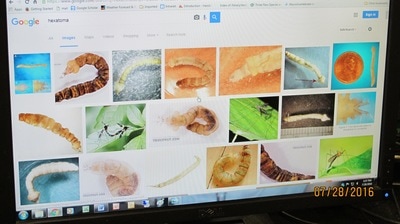
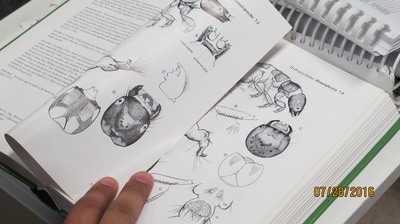

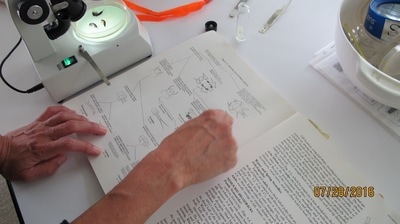
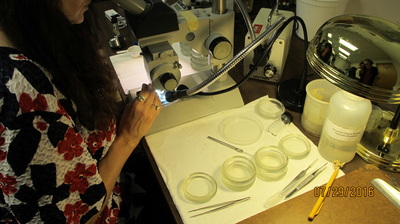
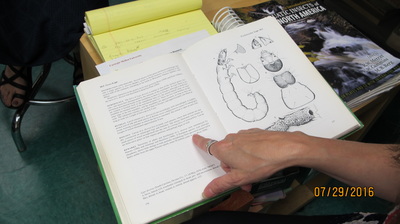
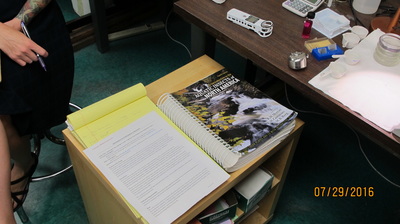
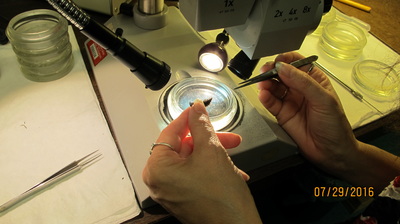
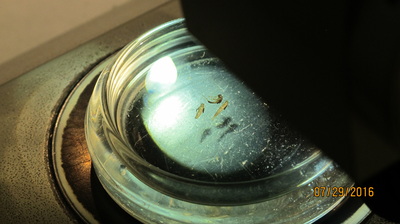
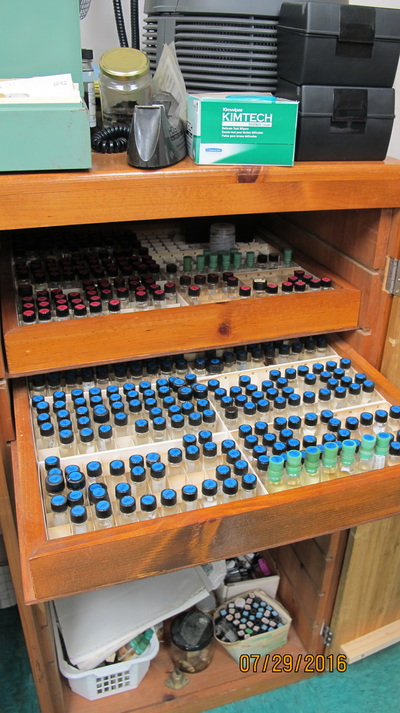
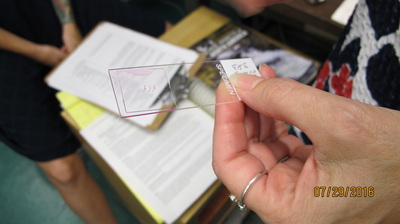

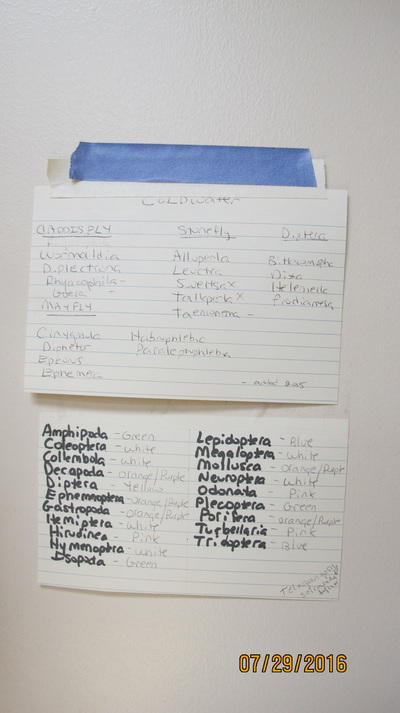

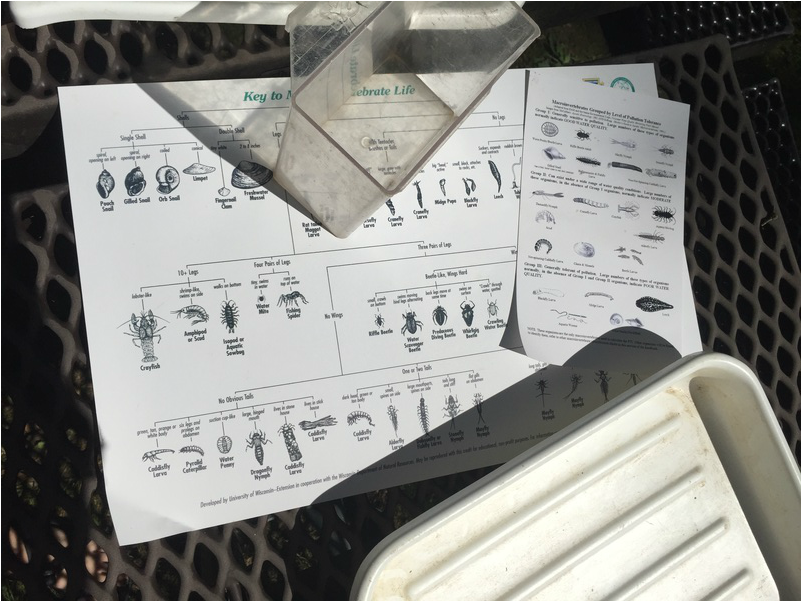

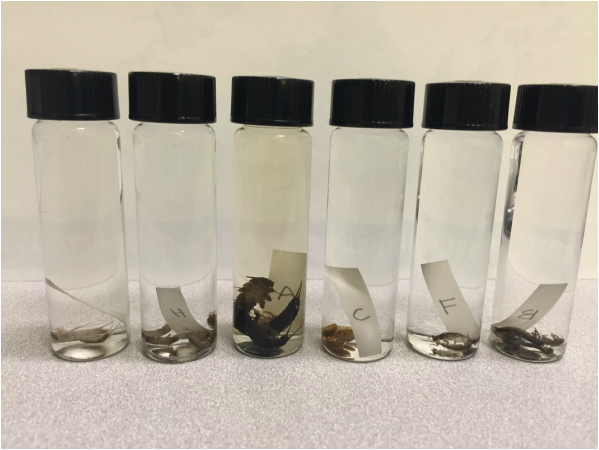
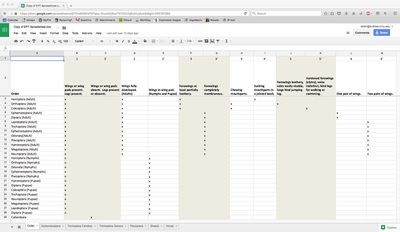
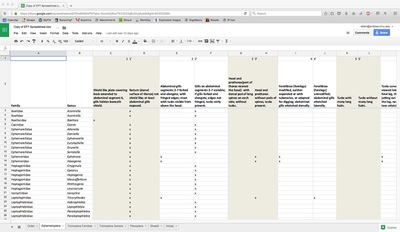
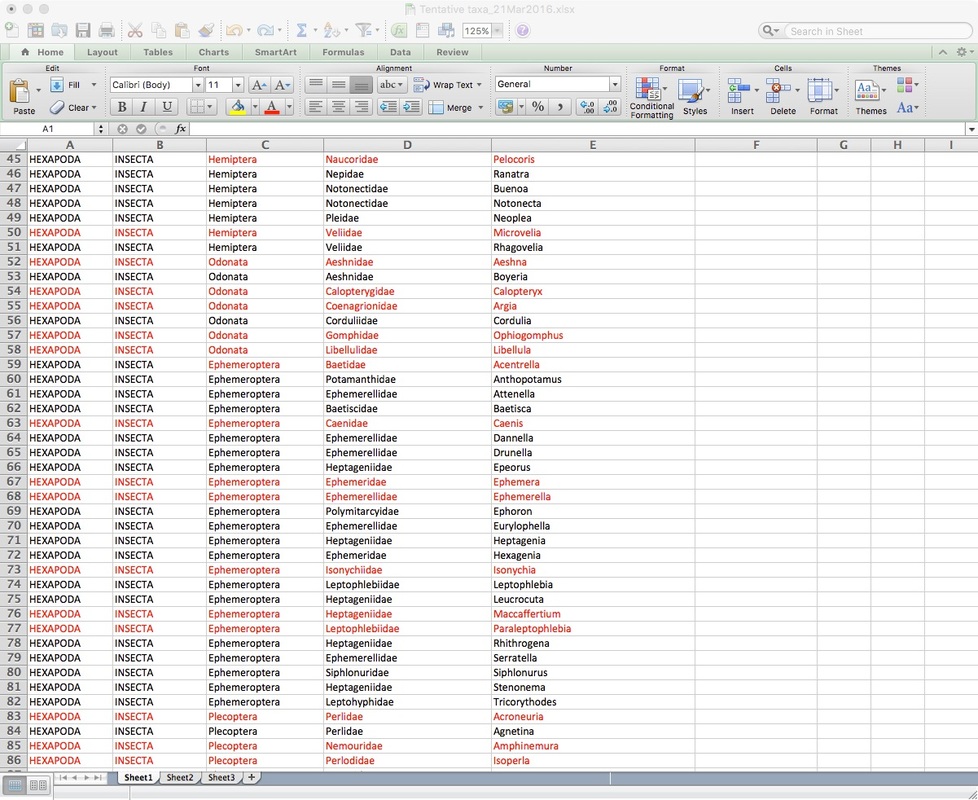
 RSS Feed
RSS Feed
